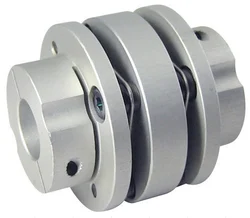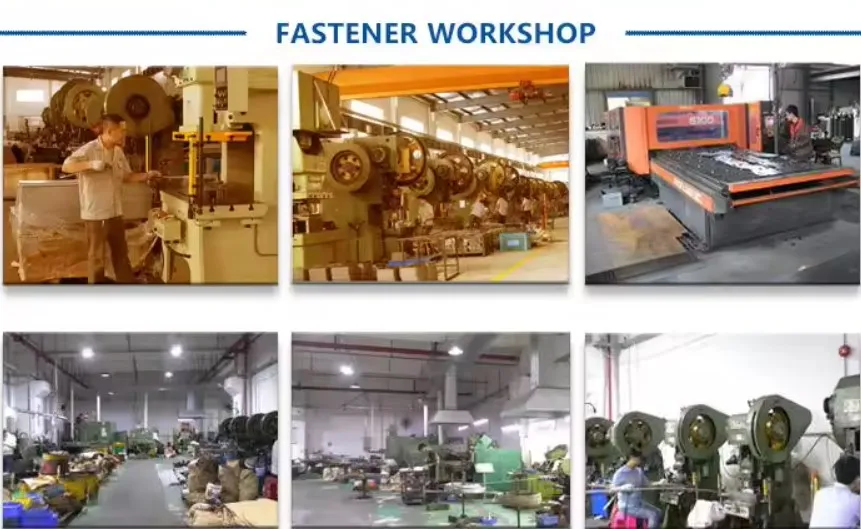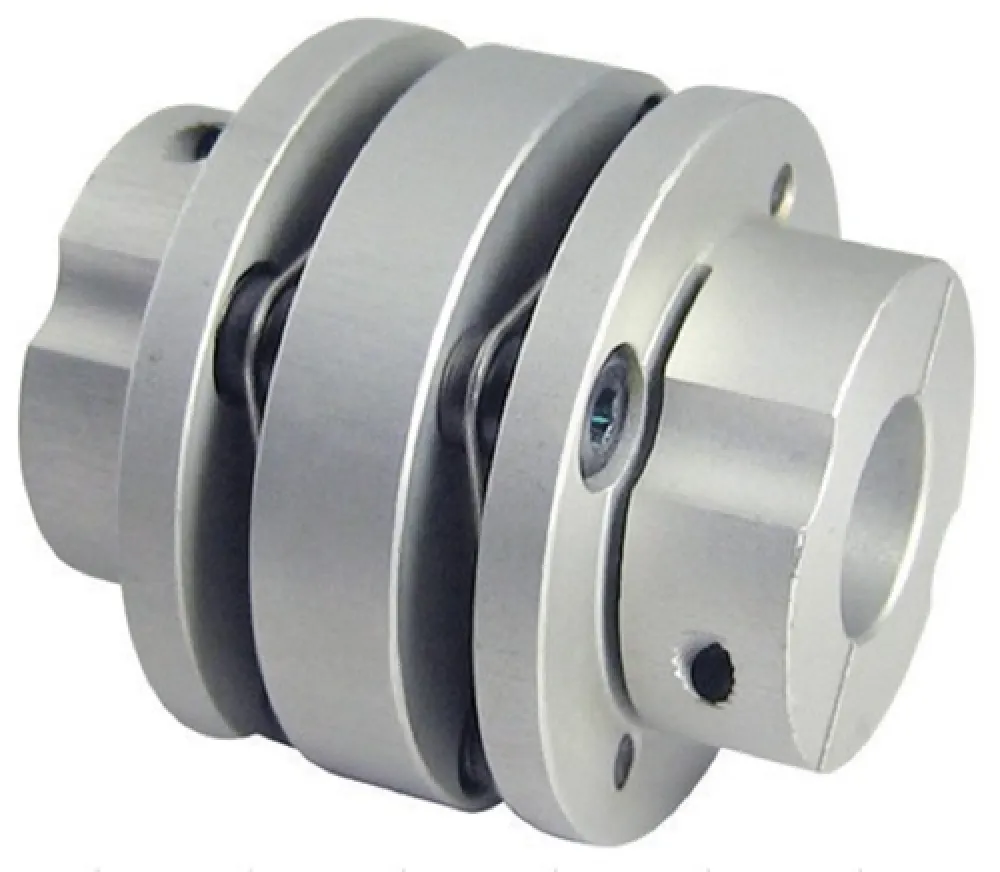Flexible Gear Coupling for Conveyors
What is Flexible Gear Coupling?
Flexible gear coupling is a mechanical device used to connect two shafts at their ends to transmit torque. It is designed to accommodate misalignments and provide flexibility in the connection, reducing the stress on the coupling components and the connected machinery. This type of coupling is particularly useful in conveyor systems where precision and durability are essential.

Advantages of Using Flexible Gear Couplings
Flexible gear couplings offer several benefits, including the ability to handle angular, parallel, and axial misalignments. They also reduce vibration and noise, prolonging the lifespan of the connected equipment. Additionally, they can transmit high torque loads, making them ideal for heavy-duty applications like conveyors.
Applications in Conveyor Systems
In conveyor systems, flexible gear couplings are used to connect motor shafts to conveyor rollers or belts. They ensure smooth power transmission and accommodate misalignments caused by thermal expansion or load variations. This results in reduced maintenance and downtime, enhancing the overall efficiency of the conveyor system.
Construction and Materials
Flexible gear couplings are typically constructed from high-strength materials such as alloy steel or stainless steel. These materials provide excellent resistance to wear and corrosion, ensuring long-term performance even in harsh environments. The coupling consists of two hubs with external gear teeth and a sleeve with internal gear teeth, allowing for flexibility and misalignment compensation.
Working Principle
The working principle of a flexible gear coupling involves the interlocking of gear teeth between the hubs and the sleeve. As the shafts rotate, the gear teeth engage and transmit torque while allowing for slight misalignments. This design minimizes the stress on the coupling and the connected machinery, ensuring efficient power transmission.
Types of Misalignments
Flexible gear couplings can accommodate three types of misalignments: angular misalignment, parallel misalignment, and axial misalignment. Angular misalignment occurs when the shafts are not collinear, parallel misalignment happens when the shafts are offset, and axial misalignment refers to the shafts moving closer or further apart along their axis.
Maintenance and Lubrication
Regular maintenance and proper lubrication are crucial for the optimal performance of flexible gear couplings. Lubrication reduces friction between the gear teeth, preventing wear and extending the coupling’s lifespan. Periodic inspection and maintenance ensure that any signs of wear or damage are addressed promptly, avoiding unexpected failures.
Installation and Alignment
Proper installation and alignment are essential for the efficient operation of flexible gear couplings. Misalignment beyond the coupling’s capacity can lead to premature wear and failure. During installation, it is important to align the shafts as accurately as possible and follow the manufacturer’s guidelines for torque tightening and lubrication.
Cost-Effectiveness
Despite their robust construction and high performance, flexible gear couplings are cost-effective solutions for power transmission. Their ability to handle misalignments and reduce maintenance costs makes them a valuable investment for conveyor systems and other industrial applications.
Environmental Considerations
Flexible gear couplings are designed to operate in various environmental conditions, including high temperatures, humidity, and corrosive environments. The choice of materials and the type of lubrication used can be tailored to suit specific environmental challenges, ensuring reliable performance.

What are the Different Types of Gear Couplings?
Gear couplings come in several types, each suited for different applications:
Rigid Gear Couplings
Rigid gear couplings are designed for applications where precise shaft alignment is required. They do not accommodate misalignments and are typically used in applications with minimal or no misalignment.
Flexible Gear Couplings
Flexible gear couplings, as discussed, can handle angular, parallel, and axial misalignments. They are widely used in applications where some degree of misalignment is expected.
Double Engagement Gear Couplings
Double engagement gear couplings consist of two flexible hubs and two sleeves, allowing for higher flexibility and misalignment compensation. They are used in applications requiring both high torque transmission and misalignment accommodation.

What is the Difference Between Flexible and Rigid Coupling?
The primary difference between flexible and rigid couplings lies in their ability to handle misalignments. Flexible couplings can accommodate various types of misalignments, reducing stress on the connected equipment. In contrast, rigid couplings require precise shaft alignment and do not allow for any misalignment, making them suitable for applications where exact alignment is achievable.
How to Choose or Customize the Right Flexible Gear Coupling
Choosing the right flexible gear coupling involves several considerations:
Torque Requirements
Determining the torque requirements of the application is crucial. The coupling should be capable of transmitting the maximum torque load without failure.
Misalignment Tolerance
Assess the expected misalignments in the system, including angular, parallel, and axial misalignments. Choose a coupling that can accommodate these misalignments.
Environmental Conditions
Consider the operating environment, including temperature, humidity, and corrosive elements. Select materials and lubrication that can withstand these conditions.
Shaft Sizes
Ensure that the coupling can fit the shaft sizes of the connected machinery. Compatibility with the shaft dimensions is essential for proper installation.
Maintenance Requirements
Consider the maintenance and lubrication needs of the coupling. Opt for a coupling that aligns with the maintenance capabilities and schedules of your operation.

About HZPT
HZPT was established in 2006 and is a professional manufacturer specializing in the research and production of high-precision couplings, ball screw support units, motor brackets, and motion modules. Our coupling product line includes servo motor couplings, stepper motor couplings, miniature motor couplings, encoder couplings, and more.
Advantages of HZPT
Advanced Technology
We utilize cutting-edge technology in our manufacturing processes, ensuring that our products meet the highest standards of precision and performance.
In-House R&D Center
Our dedicated research and development center allows us to innovate continuously and develop custom solutions to meet our customers’ specific needs.
In-House Manufacturing and Testing Systems
We own and operate our manufacturing and testing facilities, ensuring strict quality control and the ability to produce high-quality, reliable products.
ISO 9001:2015 Certification
Our quality management system is ISO 9001:2015 certified, reflecting our commitment to maintaining high standards in all aspects of our operations.
ROHS Compliance
Our products comply with the Restriction of Hazardous Substances (ROHS) directive, ensuring they are safe for use in various industries and applications.
Global Recognition
We currently have over 30 product lines, widely used in electronics, solar, photovoltaic industries, machine tools, packaging, molds, medical equipment, printing, and other high-precision connections and various automation machinery. Our products have been recognized and widely used by top customers globally, including Japan, the United States, Germany, Israel, Malaysia, Singapore, and Taiwan.
Why Choose Our Flexible Gear Couplings?
Our flexible gear couplings are designed to meet the demands of modern industrial applications. With a focus on durability, precision, and performance, they are an excellent choice for conveyor systems and other machinery requiring reliable power transmission. Partner with us to experience the benefits of our advanced technology, comprehensive product range, and commitment to quality.